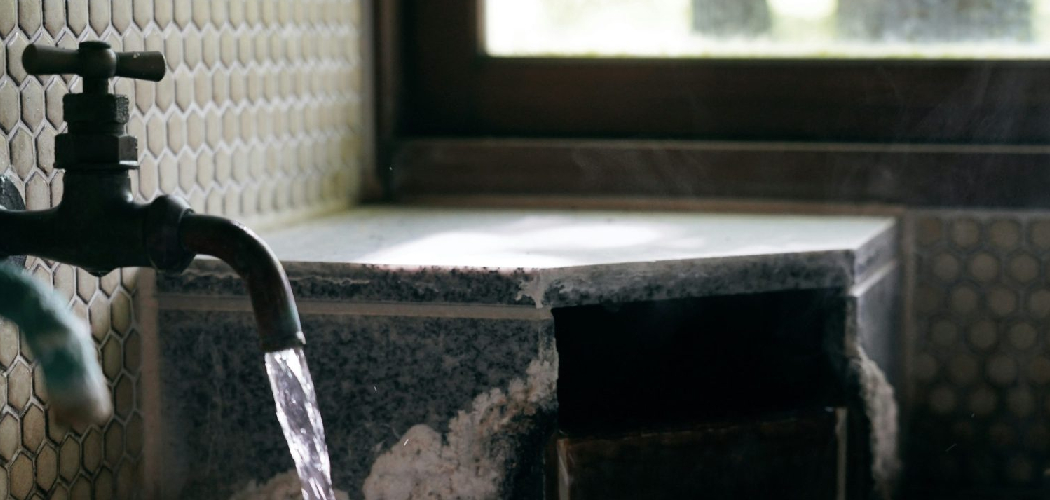Chlorine gas is a toxic, yellow-green gas that can form when certain cleaning products, such as bleach and acids, are mixed inadvertently. Its dangers lie in its highly reactive and corrosive nature, which can lead to serious health complications. Exposure to chlorine gas can cause symptoms such as respiratory irritation, coughing, chest pain, and, in severe cases, life-threatening injuries.
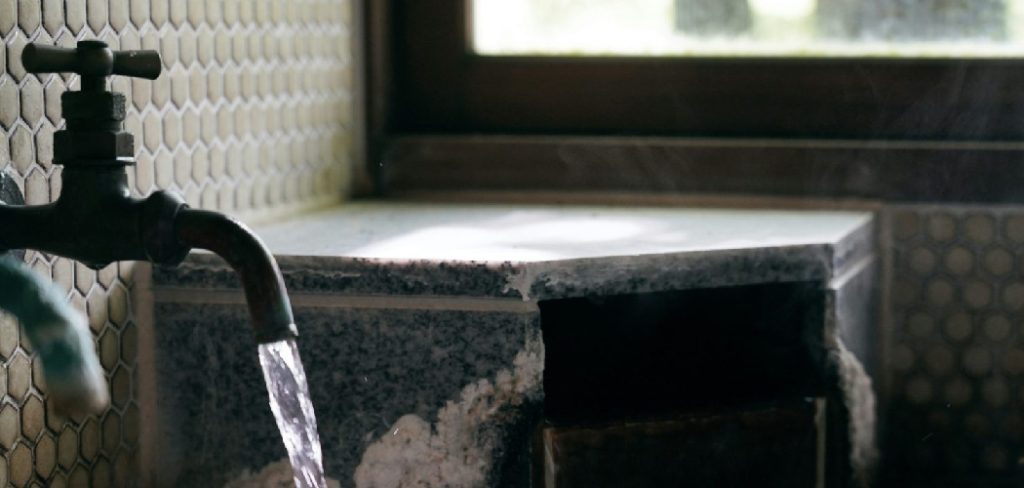
Accidental exposure to chlorine gas often occurs in small, enclosed spaces, such as bathrooms, where ventilation is limited. The purpose of this article is to provide safe and practical guidance on how to get rid of chlorine gas in bathroom settings, ensuring the safety of yourself and others. By understanding the risks and preventative measures, you can manage such incidents effectively and prevent them from occurring in the future.
Understanding How Chlorine Gas Forms
Chemical Reactions
Chlorine gas typically forms as a result of chemical reactions between bleach (sodium hypochlorite) and acids, such as vinegar or certain toilet bowl cleaners. This reaction releases chlorine gas, which can rapidly spread in enclosed spaces like bathrooms. Another hazardous combination is mixing bleach with ammonia-based products, which produces toxic chloramine vapors. These reactions highlight the dangers of combining household cleaning agents without a thorough understanding of their chemical properties.
Common Mistakes
One of the most common mistakes people make is using multiple cleaning products at the same time without carefully reading their labels. For instance, some individuals unintentionally mix bleach with acidic or ammonia-containing cleaners, either in an attempt to achieve a deeper clean or due to misunderstandings about the compatibility of cleaning products. These errors often occur in settings like bathrooms, where different cleaners may be used for toilets, grout, and sinks in quick succession.
Identifying Exposure
Recognizing early symptoms of chlorine gas exposure is critical for avoiding severe health consequences. Common symptoms include burning or irritated eyes, persistent coughing, shortness of breath, and a strong, sharp bleach-like odor in the air. Early identification of these warning signs can help address exposure promptly and reduce potential harm.
How to Get Rid of Chlorine Gas in Bathroom Immediate Safety Steps (If Chlorine Gas Is Detected)
If chlorine gas is detected, it is essential to act swiftly and follow these safety steps to minimize risks and prevent further harm:
Step 1: Evacuate the Area
Leave the bathroom or affected area immediately to avoid prolonged exposure to the toxic fumes. Hold your breath if possible while exiting and avoid inhaling deeply. Once in a safe area with fresh air, breathe deeply and monitor symptoms.
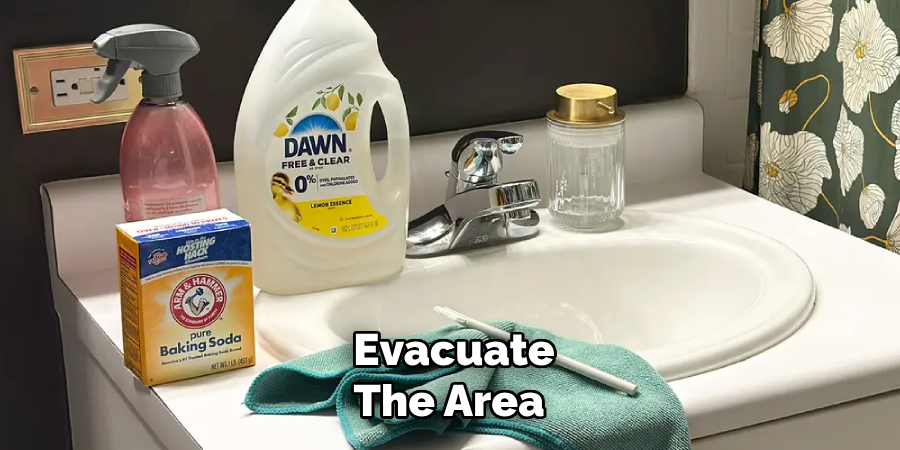
Step 2: Avoid Touching Anything
Resist the urge to clean up or add more chemicals to the affected area. Introducing additional substances could exacerbate the chemical reaction, potentially increasing the concentration of chlorine gas or producing other hazardous fumes.
Step 3: Call for Help if Needed
If exposure symptoms are severe, such as difficulty breathing, chest pain, or consistent coughing, contact poison control or emergency medical services immediately. Be prepared to describe the situation, including what chemicals were involved and any symptoms observed.
Step 4: Warn Others
Alert anyone nearby to stay out of the contaminated area until it is properly ventilated and declared safe. Close the door to the affected room if possible to contain the fumes and reduce the likelihood of exposing others.
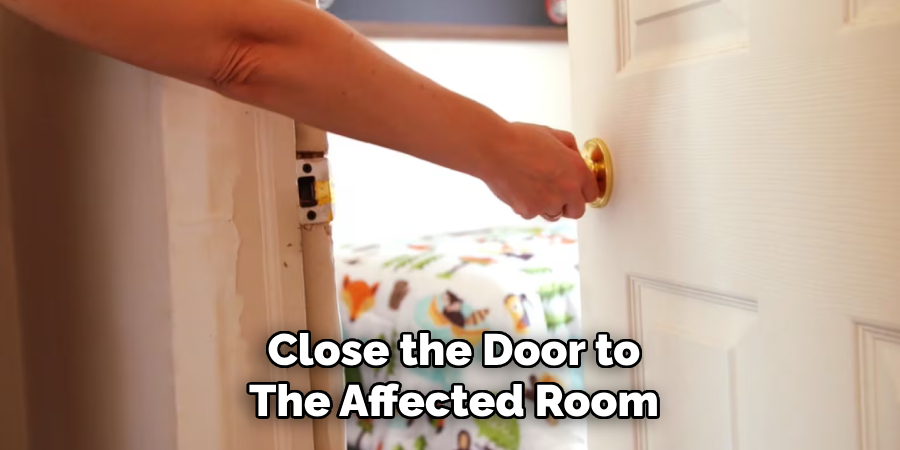
Taking swift action and following these steps can significantly reduce the impact of chlorine gas exposure, helping to protect both yourself and others in the vicinity. Always consider preventive measures, such as proper ventilation and avoiding chemical mixtures, to prevent such incidents in the future.
Ventilating the Bathroom
Proper ventilation is critical in mitigating the risks of chlorine gas exposure. Follow these steps to ventilate the bathroom safely:
Step 1: Open All Doors and Windows
Begin by opening all doors and windows to create a flow of fresh air. This will help dilute the concentration of chlorine gas and disperse it into the surrounding environment. Ensuring maximum airflow is vital to clearing the contaminated space effectively.
Step 2: Use Fans for Air Circulation
To further help move the chlorine gas out, position a fan in the doorway or a window. Direct the airflow outward to push the harmful gas away from you. This step accelerates the ventilation process, ensuring the contaminated air is replaced more efficiently.
Step 3: Turn on the Bathroom Exhaust Fan
If the bathroom is equipped with an exhaust fan, turn it on immediately. The fan works to remove airborne gas through the existing ventilation system, directing it outside and away from indoor spaces. This measure adds an extra layer of safety and speeds up air exchange.
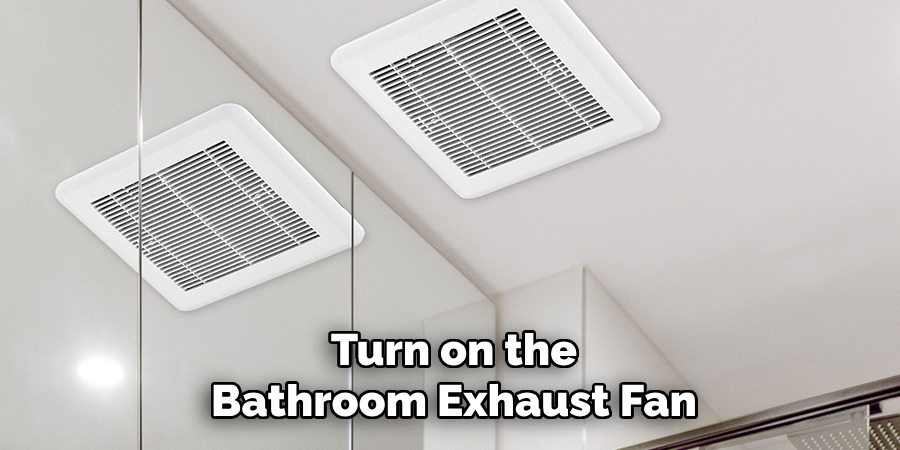
Step 4: Allow Several Hours for Air Exchange
After initiating ventilation, it is crucial to allow several hours for complete air exchange. Avoid re-entering the bathroom until the space smells neutral and there are no signs of irritation, such as coughing or eye discomfort. Patience during this step is essential for ensuring everyone’s safety.
Neutralizing Residual Chemicals
Step 1: Wear Protective Gear
Before addressing any residual chemicals, ensure your safety by wearing protective gear. Use gloves and a mask to prevent direct exposure to lingering fumes or chemical residues. Properly equipping yourself minimizes the risk of irritation or harm during the process.
Step 2: Use a Baking Soda Solution
Prepare a solution of baking soda and water to neutralize any remaining acid or bleach residues effectively. Dampen a cloth or sponge with the solution and thoroughly wipe down all surfaces that may have come into contact with the chemicals. This step helps restore the area to a safer condition.
Step 3: Avoid Ammonia or Vinegar
It is crucial never to use ammonia or vinegar when cleaning up bleach residue. Combining these substances with bleach can produce toxic gases, posing significant health risks. Always stick to safer neutralizing agents like baking soda to avoid hazardous reactions.
Step 4: Dispose of Rags Safely
After cleaning, ensure that you handle your cleaning materials properly. Rinse and wash rags thoroughly, or if they can’t be reused, dispose of them in a sealed plastic bag. This prevents possible chemical exposure to others and ensures a safe and tidy clean-up process.
Preventing Chlorine Gas Incidents in the Future
Proper precautions can help prevent harmful incidents involving chlorine gas. Following these guidelines ensures a safer cleaning experience at home or in the workplace.
Read Labels Carefully
Always take time to read the labels on cleaning products before using them. Pay close attention to warnings and instructions, especially those that caution against mixing with other substances. This simple step can help avoid the inadvertent production of toxic gases.
Use One Cleaner at a Time
It’s essential to use only one cleaning product at a time to prevent accidental reactions. Layering different products during cleaning may seem more effective, but can lead to dangerous chemical interactions, such as releasing harmful gases.
Ventilate While Cleaning
Always ventilate the area while using chemical cleaners. Keep windows open and fans running to ensure proper airflow. Good ventilation helps disperse any fumes and reduces the risk of accidental inhalation.
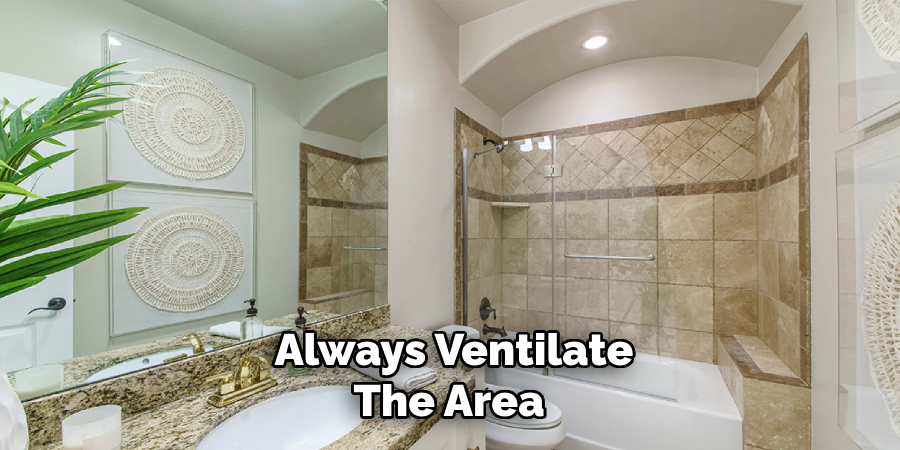
Label Your Cleaning Supplies
Mark your cleaning supplies clearly with their contents to avoid confusion. Proper labeling minimizes the risk of accidental mixing or improper use. Store these supplies safely and out of reach of children to prevent unintended exposure.
By following these preventative measures, you can significantly reduce the risk of chlorine gas incidents and maintain a safer environment for everyone.
When to Seek Medical Attention
Mild Exposure
Symptoms of mild chlorine gas exposure include coughing, watery eyes, or mild throat irritation. If you notice these symptoms, immediately move to an area with fresh air and monitor your condition closely. Most mild cases improve without the need for medical intervention.
Moderate to Severe Exposure
If you experience more intense symptoms such as chest pain, breathing difficulty, dizziness, or persistent coughing, it is crucial to seek immediate medical attention. These symptoms could indicate more significant exposure and require prompt evaluation and treatment by healthcare professionals.
Children, Elderly, and Asthmatics
Children, the elderly, and individuals with asthma are susceptible to chlorine gas exposure, even at lower levels. If any of these individuals are exposed, they must be assessed by a qualified medical professional as soon as possible to prevent complications. These groups may experience more severe symptoms and require specialized treatment.
Additionally, individuals with pre-existing respiratory conditions, such as asthma, may have a heightened sensitivity to chlorine gas and could experience worsened symptoms if exposed. These individuals need to take precautions when in environments where chlorine gas may be present and seek medical attention immediately if exposed.
Conclusion
To ensure safety during a chlorine gas incident, it is crucial to follow key steps. First, evacuate the area immediately to minimize exposure. Next, ventilate the space thoroughly by opening windows and using fans to disperse the gas. Then, neutralize any remaining gas by diluting the source safely with water, if applicable. Finally, take precautions to prevent future accidents, such as never mixing bleach with other cleaners.
Understanding “how to get rid of chlorine gas in bathroom” is essential for maintaining a safe environment. Remember, chlorine gas incidents are preventable with informed and cautious cleaning habits.

